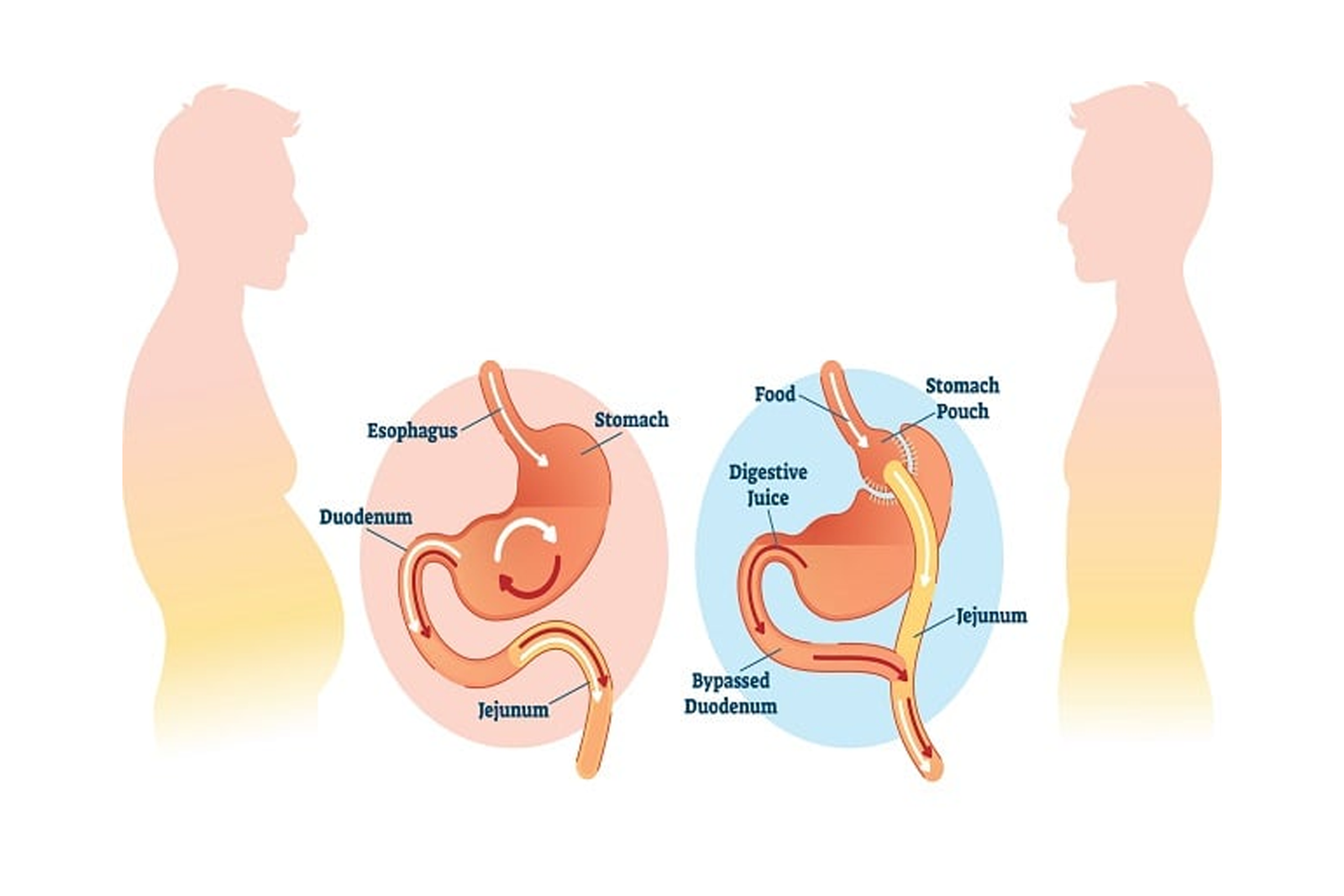John Doe
General SurgeonPretium saepe pariatur ornare cillum repudiandae inceptos iaculis cumque vulputate sequi neque quos exercitation aliquip interdum, veniam? Aute error, elit!

Pretium saepe pariatur ornare cillum repudiandae inceptos iaculis cumque vulputate sequi neque quos exercitation aliquip interdum, veniam? Aute error, elit!
Gastric bypass is a type of weight loss surgery that involves dividing the stomach into a small upper pouch and a larger lower pouch, and then connecting the small intestine to the upper pouch. This results in a significant reduction in the amount of food a person can eat, and also reduces the amount of calories and nutrients that can be absorbed by the body. During the procedure, a surgeon makes several small incisions in the abdomen and uses a laparoscope (a thin tube with a camera) to guide the surgical instruments. The upper portion of the stomach is divided from the lower portion, and the small intestine is then rerouted to the new, smaller stomach pouch.

Gastric bypass is generally considered to be a safe and effective weight loss surgery option for people with a body mass index (BMI) of 40 or higher, or a BMI of 35 or higher with one or more weight-related health problems. It can lead to significant weight loss, improvement in weight-related health conditions such as diabetes and high blood pressure, and an overall improvement in quality of life.
As with any surgery, there are risks associated with gastric bypass, including bleeding, infection, blood clots, and adverse reactions to anesthesia. Additionally, some people may experience complications such as dumping syndrome (rapid emptying of the stomach contents into the small intestine), hernias, and nutritional deficiencies.
It is important for people considering gastric bypass to discuss the risks and benefits with their healthcare provider and to carefully consider whether it is the right choice for them. It is also important to make lifestyle changes such as adopting a healthy diet and increasing physical activity in order to achieve long-term success after surgery.
